Spain’s La Cañada Real outside Madrid is ian evocative backdrop for Guillermo Galoe’s drama
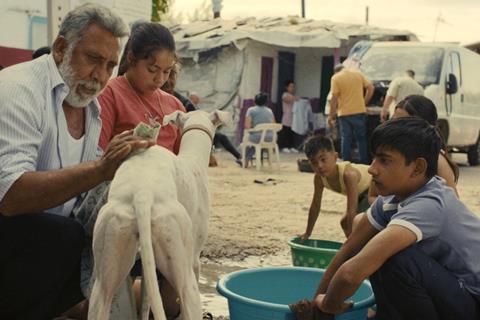
Dir: Guillermo Galoe. Spain/France. 2025. 97mins.
Politics and poetry are fused to memorable effect in Guillermo Galoe’s feature debut, the vibrant, melancholy and immersive Sleepless City. Set in Europe’s largest shanty town and told through the increasingly jaded eyes of a 13 year-old boy, it is simultaneously a busy portrait of an entire micro-society, a celebration of the Roma’s ’alternative’ way of life and a pointed critique of their marginal status in Spanish culture. Shot through with Galow’s affection for his subjects and their milieu, this Critics’ Week player carries a universal message about loss, resilience and hope that deserves to open eyes further affield.
Performances feel natural and unforced
The inhabitants of La Cañada Real – a 10-mile stretch of jerry-built housing just outside Madrid – play themselves,directed by Galoe without referring to a script. These families live permanently under the threat of eviction as the government seeks to rehouse them, and some zones have been without electricity for years – no light at night, no hot water, poor hygiene – raising serious human rights issues which this deliberately non-judgmental film never directly addresses (unlike the documentaries which have been made about the town before).
Galoe’s 2023 Goya award-winning short Even Though It’s Night, which also played in Cannes, feels like a rough draft for Sleepless City and directly reprises several scenes from it. The film opens with a tracking shot of a magnificent white greyhound called Rayo (which translates to ’lightning’ or ‘flash’) chasing a hare across waste land, cheered on by teenage Toni (Antonio Fernandez Gabarre, repeating the role from the short) from a truck driven by his scrap dealer father Chule (Jesus Fernandez Silva, a mighty screen presence).
This first scene is the film’s only one to show pure joy: from now on, the cloud of the family’s possible eviction will cast a shadow over events, with the bulldozers moving in to demolish the often fragile dwellings. People are to be rehoused – or, according to the less compliant voices in the community, “controlled” – in anonymous, sterile tower blocks, where Toni will later gaze in wonder at water gushing forth from a bathroom tap.
Much of the intimate, documentary-style feel comes from smartphone video footage shot by Toni’s Moroccan friend Bilal (Bilal Sedraoui), often using filters to lend a hyperreal, pop hue which makes the kids’ world look better than it is. But Bilal’s family have decided to leave La Cañada, leaving Toni unhappy and pensive. In one scene he visits Bilal at home: for Toni, as for the viewer watching the film, it’s like entering a different world. Part of Galoe’s point that the settlement is a teeming hotbed of different cultures and ways of life that should perhaps be celebrated rather than simply torn down.
Toni’s love of Rayo – a Kes-like symbol of power and freedom to him – supplies one of the narrative threads. Chule is clear that he doesn’t want to leave La Cañada, opening up divisions within the family. Heartbreakingly, Chule decides to sell the dog to offset a debt, leading Toni to try and recover him.
One early aerial shot establishes the sheer size of La Cañada. But from then on, the camera will more often artfully eavesdrop on lively conversations, whether inside homes or in the street. Smartphones are largely noticeable by their absence. Kids sit wide-eyed as they listen to Roma stories told by their grandparents, and play together in some kind of harmony with the natural world. Animals are everywhere – a peacock struts down the road, and Toni and Bilal capture a large lizard which they then sell (the going price for large lizards is apparently €100) to raise the money to buy Rayo back.
Performances feel natural and unforced, with Gabarre at the dramatic centre convincingly taking Toni through a range of moods. The imminence of loss – of his home, his friend, and his dog – is never far from Toni’s haunted eyes. The hulking, compelling Silva as the proud and defiant Chule stamps his quiet authority on every scene he’s in, but the focus is less on particular individuals than on the dynamics between them. Visually, things are always intriguing, with Rui Pocas’s photography equally adept at rendering striking vignettes and recording the high-energy, often surreal atmosphere.
In Madrid, parts of La Cañada have long been deemed no-go areas on account of the vibrant drugs trade, but this aspect of life only appears in a couple of appalling, fleeting scenes featuring ghostly junkies shooting up. Sleepless City may receive criticism from some quarters for playing down this and other negatives of having a large, defiant and often lawless community so close to a major European capital. Yet it succeeds brilliantly in bringing centre stage a sma;ll, much misunderstood world which too often remains conveniently hidden from view.
Production companies: Sintagma, Buena Pinta Media, Encanta Films, BTEAM, Tournellovision, Les Valseurs
International sales: Best Friend Forever
Producers: Marina García Lopez, Marisa Fernandez Armenteros, Manu Calvo, Alex Lafuente, Damien Megherbi, Justin Pechberty, Anne-Dominique Toussaint
Screenplay: Guillermo Galoe, Victor Alonso-Berbel
Cinematography: Rui Pocas
Production design: Ana Mallo Sanguinetti
Editing: Victoria Lammers
Main cast: Antonio Fernandez Gabarre, Bilal Sedraoui, Jesus Fernandez Silva




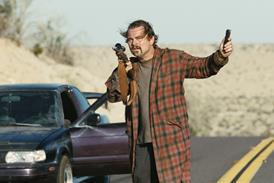







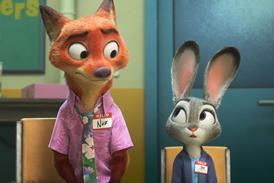

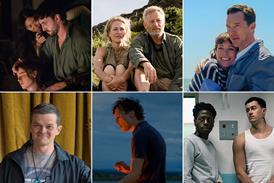
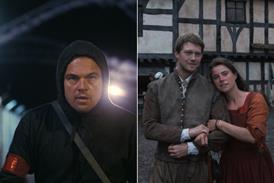







No comments yet